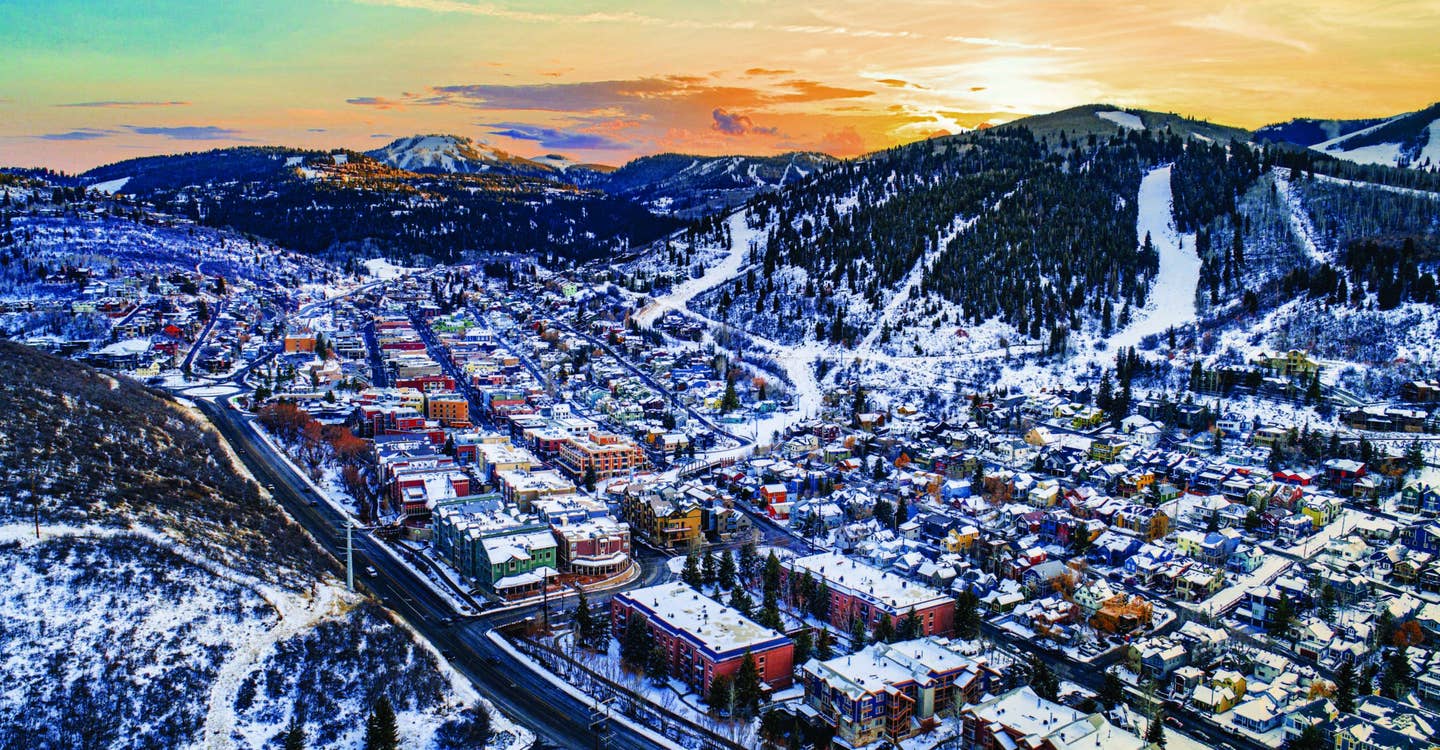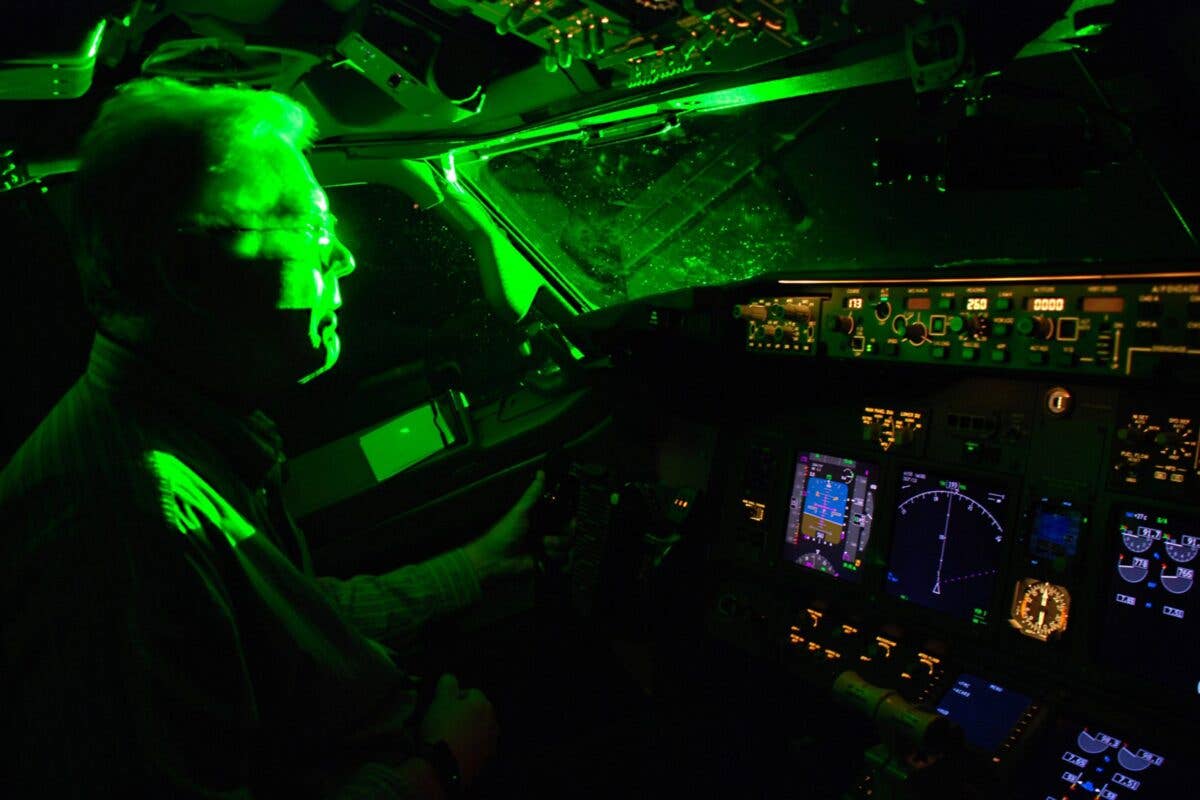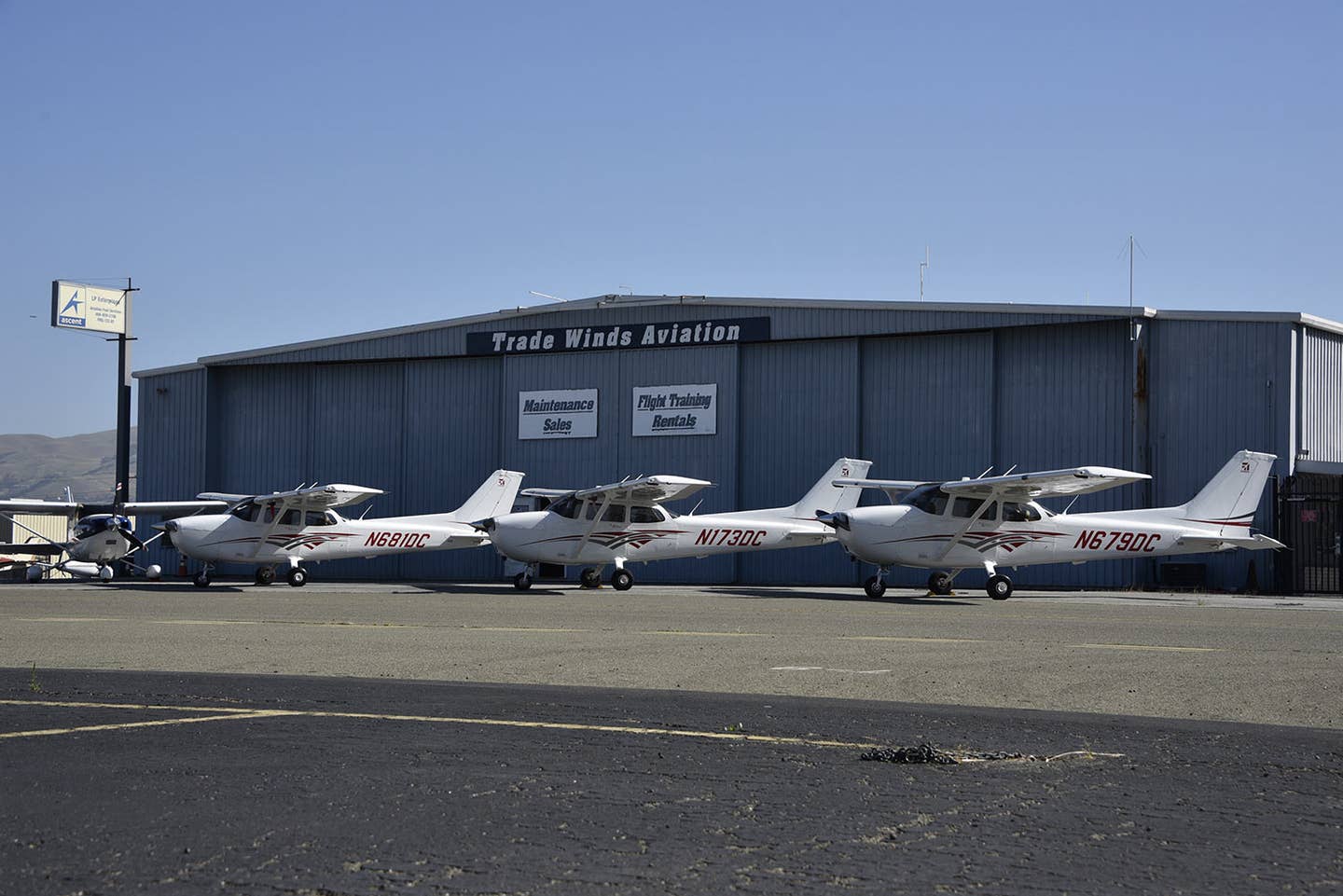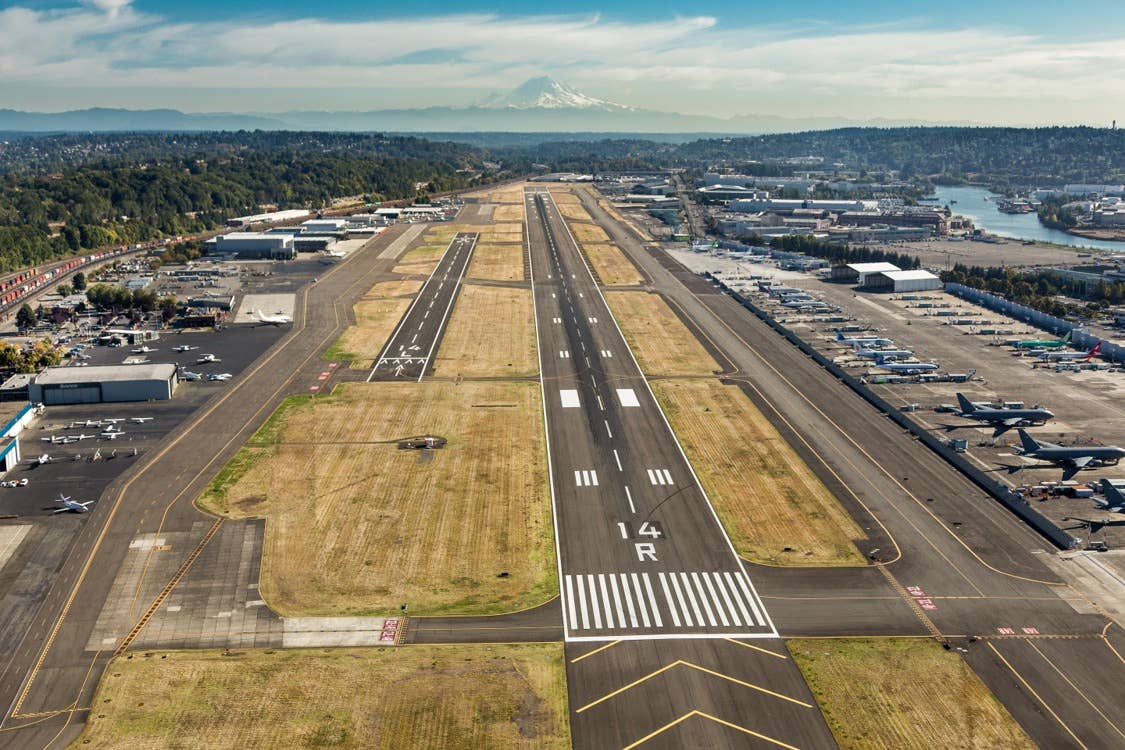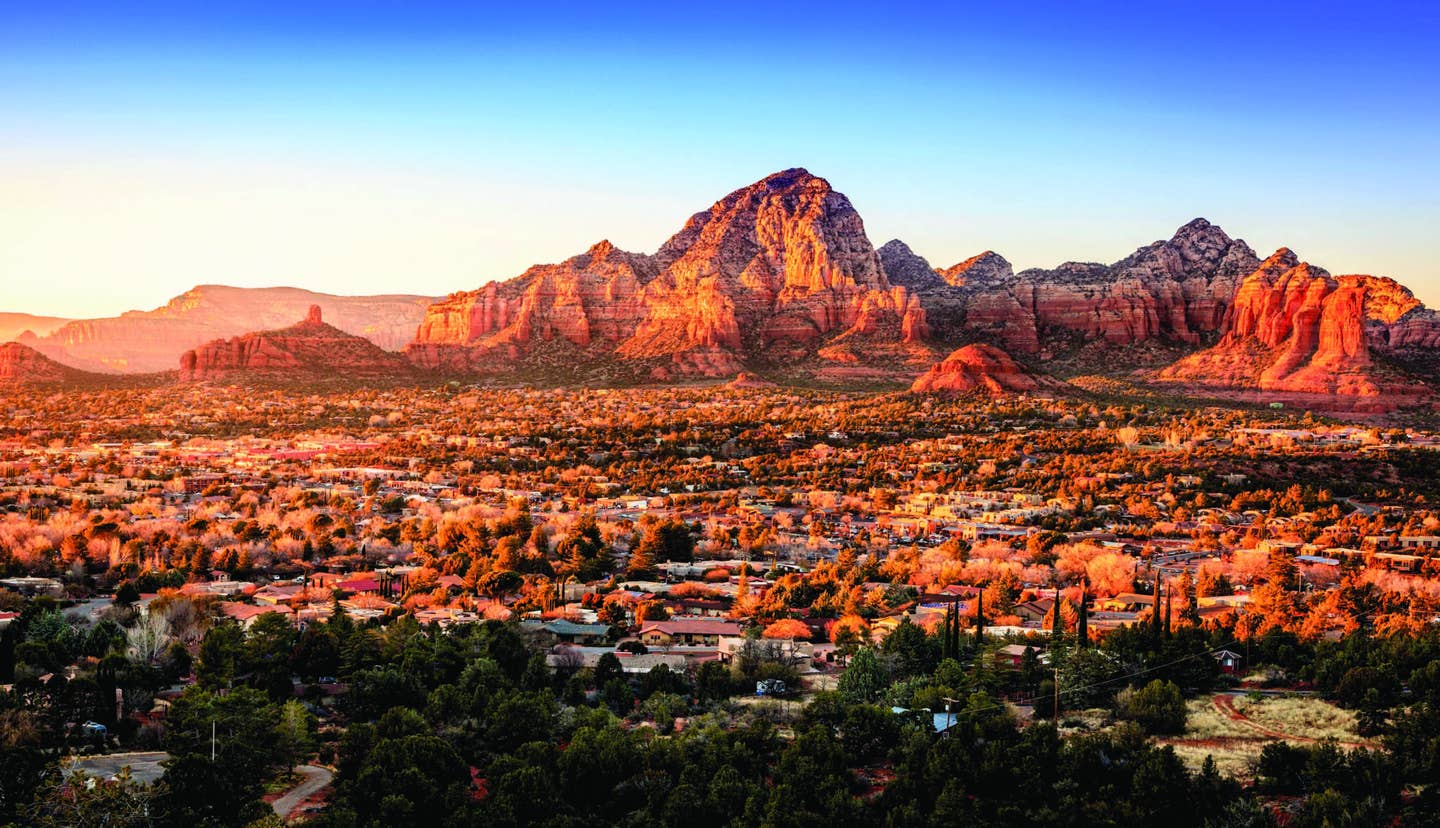Utah Bluff of Juniper and Sagebrush Turned Into Backcountry Destination
The Mackie Ranch Airfield is an original Mormon homestead that dates back to the 1850s.
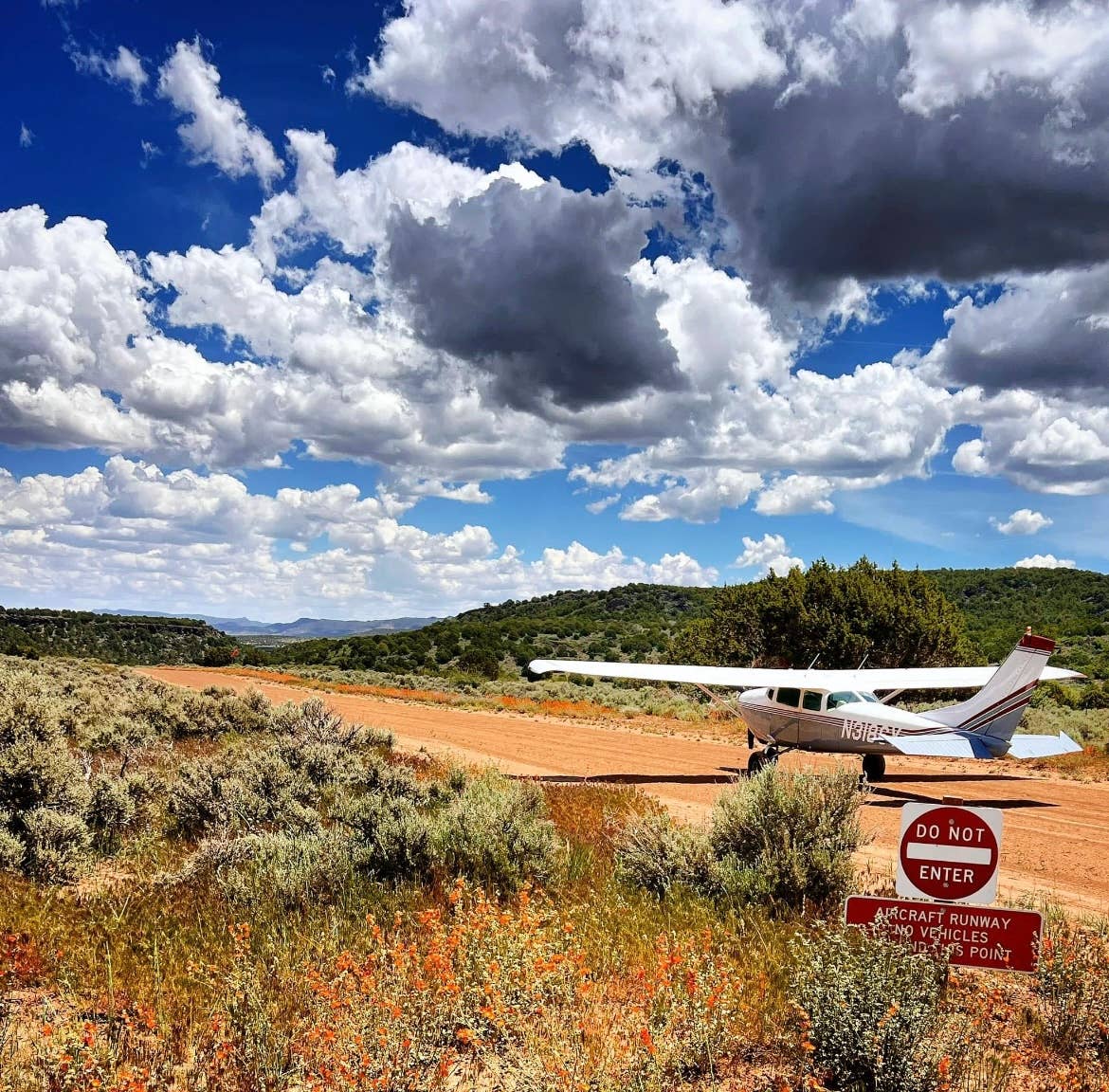
Justin Mackie hopes the airstrip is a place where other pilots can experience backcountry flying, including their first time. [Courtesy: Mackie Ranch Airfield]
Airport ownership means something different to everyone. For some, it’s a lifelong dream attained. For others, it’s a way to further integrate themselves into the aviation lifestyle and serve as a point of pride.
To Justin Mackie, owner of Mackie Ranch Airfield (UT91), airport ownership is a way of sharing his perspective of flying with other aviators and supporting aviation in Utah.
Mackie is a private pilot who began flying at 15 but stopped shortly thereafter in favor of riding motorcycles. No matter how busy he was with that lifestyle, he always hoped to return to the skies.
- READ MORE: New Turf for Blue Cedar Landing
“I stopped flying when I was about 17 years old and left aviation for a different direction in life," Mackie said. "I raced motorcycles and was in that business but always wanted to get back to flying—it just wasn’t in the cards time and money wise. In 2016 I picked it back up and really got into backcountry flying and the STOL stuff. I finished my ticket and started getting more into it.”
As many pilots do, especially those who enjoy flying off the beaten path, Mackie wondered where else he could plant the tires of his highly modified 182. He thought a seemingly unusable section on his 160-acre property would be the perfect place.
“This ranch has been in my family since 1966, and it’s an original Mormon homestead[from] back in the 1850s,” Mackie said. “I’ve owned it going on 15 years and live here in the summertime. We have [an] all-natural, grass-fed beef operation here, and there’s always been this part of the ranch that was just a waste of dirt, if you will. There was a spot that was just covered in sagebrush and juniper trees up on this bluff on the other side of the waterway. I always wondered what I would do with it, until I got back into aviation and bought an airplane.”
Building an airstrip of his own started to make more sense once Mackie began considering the effort it takes to get to the ranch from Henderson, Nevada, where he spends most of the year.
“I own a private equity firm, and it’s a three-hour drive to my ranch from my home in Vegas,” he said. “Once you own an airplane, you start thinking real quick, ‘Why am I driving?’ So, I started scheming about how this would all work once I got a plane—now I am on my fourth—and finished the airstrip in the spring of 2021.”
The more Mackie considered building an airstrip, the more he felt like the ranch was a perfect place for one. He did have some concerns, though.
“There were some things to figure out, as far as our ranch is in a low point in the surrounding mountain range,” he said. “We are in a horseshoe-shaped section of land in a 3,500-acre private valley, where there’s only one road into this valley up a canyon from the nearest town, Enterprise, Utah. So, there is rising terrain all the way around us, and there are some drainage areas that I had to sort out where the runway is.
“I hired two local guys and we just went to it. It took us about four weeks to build the runway, which is 2,450 feet long by 70 feet wide with a groomed native dirt surface and a 3-acre parking apron. And so there is no manure, hoofprints, or cows on the runway when you want to use it, I fenced off the entire area.”
Mackie credits several organizations with assistance during the creation of the airstrip and throughout its operation the last several years.
“I got together with the Recreational Aviation Foundation (RAF) and the Utah Backcountry Pilots Association real early on,” he said. “One of my concerns was having a piece of private land with an airstrip that’s open to the public and the liability that comes with that. Most states today have a recreational use statute on the books, that if I make this open to the public, it’s not invitation only, no one’s paying to use it, and a few other things, then I have no risk of liability if somebody hurts themselves here.
“I really want to convey the message of how important it is for people to use their private land to give back to the general aviation community and utilize the resources of the RAF and their local backcountry flying groups... Because of the amount of resources and lobbyists that exist in those organizations, I am able to do what I’m able to do here because I make it available to the public. I want landowners, or people with private strips, to know that they don’t let people fly in right now because they are scared.”
Other publicly accessible airstrips inspired how Mackie wanted his strip to look like. A few in Idaho, specifically, served as inspiration for his efforts.
“My goal, starting early on in my flying, was being a student of backcountry flying, high-density altitude, and all of the things that go along with safely operating in the mountains as a bush pilot,” he said. “I started spending six weeks or so a summer up in the Frank Church[-River of No Return] Wilderness [Area] in Idaho. I came to realize pretty quick that there’s a lot of people that show up in the backcountry without the necessary equipment or skills.”
- READ MORE: Finding Freedom by Flying in Alaska
In addition to the utility for his own use, Mackie hoped the airstrip would serve as a place where other pilots could dip their toes into backcountry flying.
“You could literally take a lawn chair to those [challenging backcountry strips], and it was like sitting at a boat ramp at the start of the summer, watching the train wreck all day long,” he said. “That became a big motivating factor for me and my airport. I decided it would be a place to go practice and refine my backcountry skills at an altitude that was meaningful but not a place that was scary, density altitude wise. There really wasn’t a lot of stuff in this area that anyone had built that was a great training grounds or a place that was made available to the public to hone their backcountry flying skills.”
While Mackie Ranch Airfield is well suited for greenhorn pilots, there are, of course, operating challenges to be mindful of.
“A normal day here is 70 to 80 degrees, which equates to a density altitude of about 7,000 to 8,000 feet,” Mackie said. “Completely surrounding us, there’s this big valley with peaks that are 7,500 to 8,200 feet high. If you can’t outclimb the ridges to the northeast of us, from Runway 05, you have a half mile to get over a ridgeline that’s 150 feet higher than the departure.”
One of Mackie’s friends, who had ample experience flying in and out of the airstrip, experienced an incident last summer where they impacted the face of a nearby mountain (but fortunately walked away unharmed).
“So, it’s a challenging airport,” he said. “But at the same time, I get a lot of messages from local guys that this is their first off-airport experience and have had no issues. If you’re smart about it, it’s fine. For people that disregard the wind too much or disregard the high-density altitude, it can get sketchy real quick.”

Sign-up for newsletters & special offers!
Get the latest FLYING stories & special offers delivered directly to your inbox

